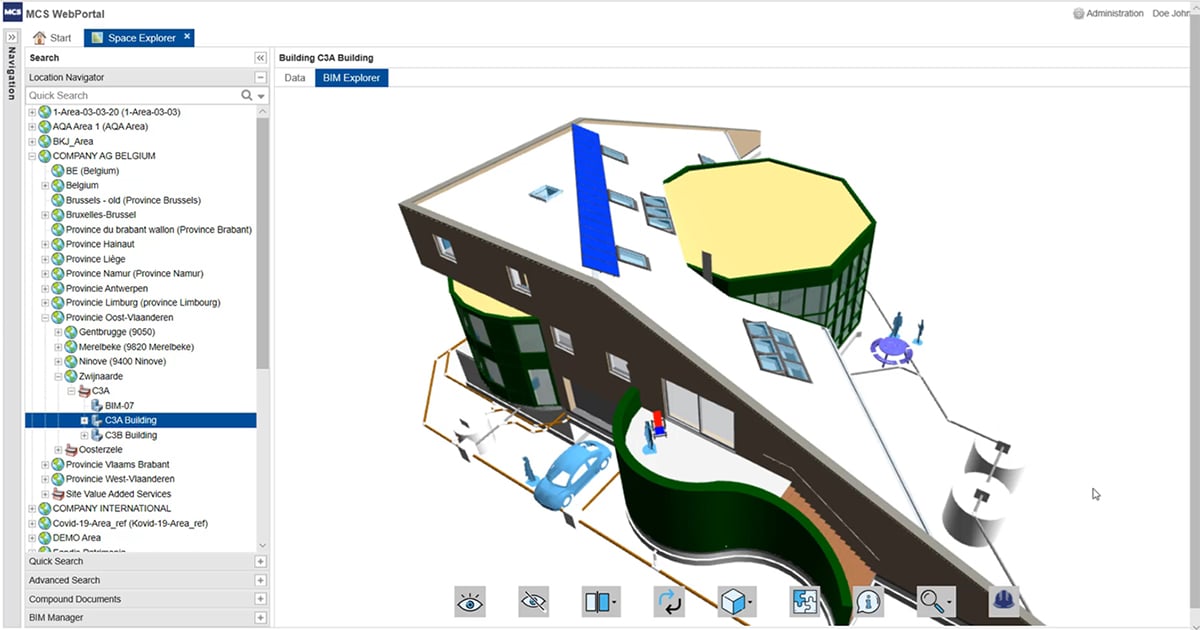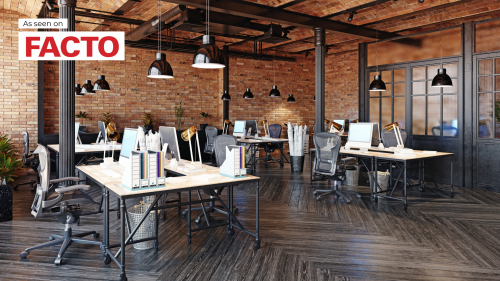Building Information Modeling (BIM) has been widely adopted by the design and construction industry. It enables the AEC industry to reduce capital costs, as well as providing increased efficiency and promoting collaborative working. A growing number of countries have even made BIM a mandatory requirement for public sector projects. But so far, BIM has been less successful in crossing over to the operations phase of buildings.
Missed opportunity?
This is a missed opportunity because how a building is run after a contractor turns over the keys is just as important as the design and construction process. FMs are therefore taking an interest in BIM. And that’s hardly surprising when you realize that the manage & operate phase represents up to 80% of the total life-cycle cost of a building. Having access to a dynamic digital replica of a building – a ‘digital twin’ – makes the job of an FM easier, while also maximizing uptime, cutting costs, and providing a better occupant experience.
Despite the benefits it can bring, BIM for FM is not always well understood by facility managers. Some think it requires knowledge of CAD or 3D modelling, which is not correct. Others fear that the information exchange between BIM and FM software is not a straightforward process; or that BIM data would create an information overload. Because BIM includes spatial data as well as asset information, this may seem like an overwhelming amount of data to process. But integrated with facilities software, such as Spacewell MCS 20 IWMS, the data can be well managed. In that case, it provides clear benefits for facilities managers, technicians, and building owners/investors alike.
Seamless two-way information exchange
We have recently run a webinar with Allplan to demystify BIM for facilities management. During this webinar, we show how BIM data can be seamlessly integrated with operational facility software. Thanks to a two-way integration, all spatial and asset data can now be imported from BIM into IWMS, and floors, rooms, and maintenance objects will be created automatically. Users can access BIM models from within the facility software. They can visualize them in 3D (much faster than in any native IFC-based viewer), and see relevant assets as highlights on a semi-transparent building model. The asset information model is fully integrated with work orders, which is incredibly useful for technicians and facilities teams.
Tangible benefits of BIM for facilities management
- Facility managers and service providers can reduce failure costs by up to 15%, year after year. BIM also provides reliable data-driven information to report to the board. And it allows FMs to make better-informed decisions through the whole lifecycle of the facility
- Service technicians have all relevant information to execute work orders at their fingertips. They have fast in-field access to the 3D model of a building and all its components, technical specifications, and attached documentation. All this with just a few clicks and without leaving the FM software
- A well-documented digital twin adds 2% to the market value of a building for a landlord or real estate investor
You can replay the webinar to see how it works in practice. Find out where your peers are on the BIM for facilities management journey (live poll during the webinar).
Check out the webinarDon’t hesitate to contact us if you would like to explore more.










